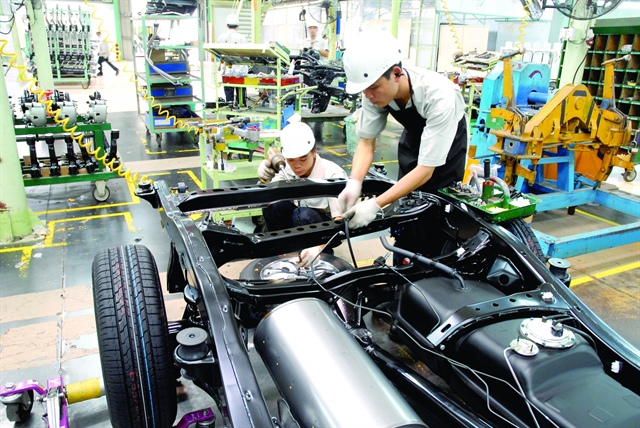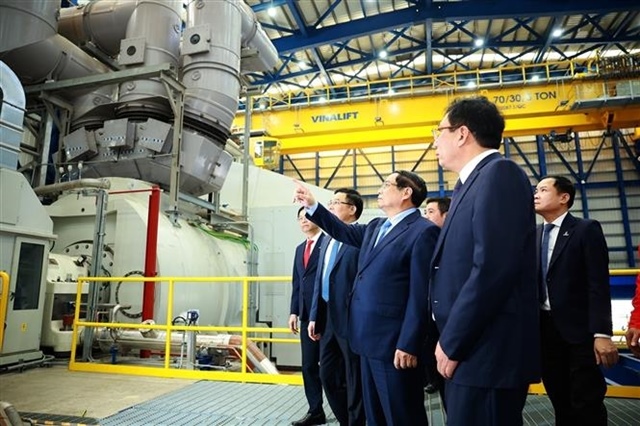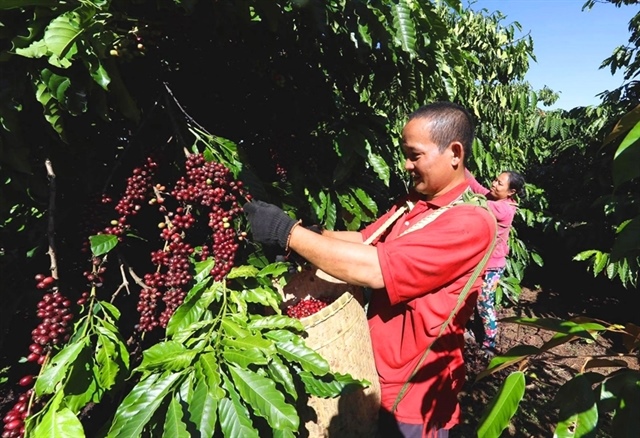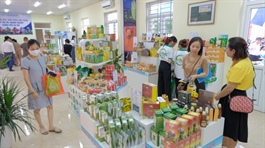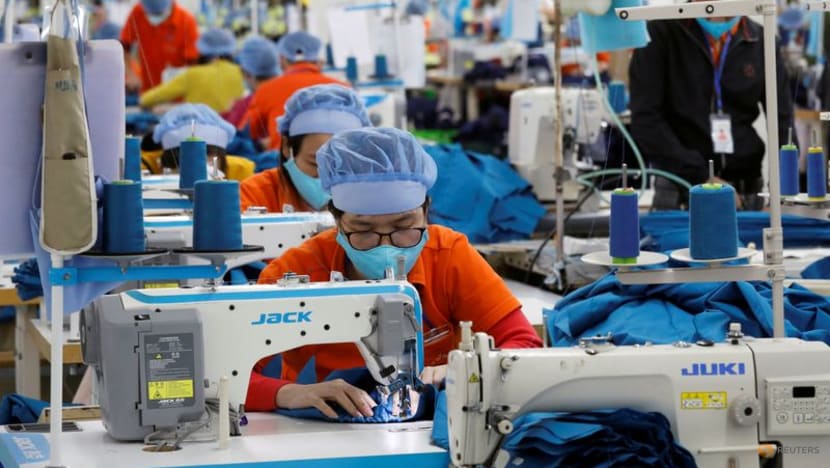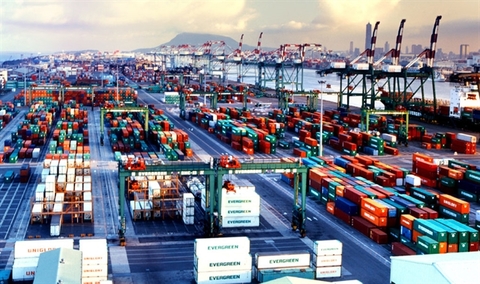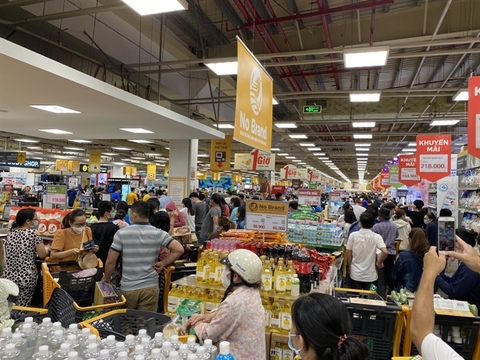Asia-Pacific deal boosts Vietnamese exports
Asia-Pacific deal boosts Vietnamese exports
The Regional Comprehensive Economic Partnership (RCEP), which entered into force on January 1, is helping Vietnam boost exports and gain better access to major consumer markets such as China, Japan, the Republic of Korea (RoK) and Indonesia. It also helps Vietnamese manufacturers reduce costs and access supply chains in the Asia-Pacific region.

Vietnam’s seafood exports to China have seen a strong increase |
New supply chains
Nguyen Anh Duong, head of the Department for General Economic Issues and Integration Studies under the Central Institute for Economic Management, said the RCEP offers relatively large opportunities for economies as it eliminates about 92 percent of import tax lines between the signatories within 20 years and establishes common rules for e-commerce, trade and intellectual property rights. In particular, the RCEP is designed to cut both costs and time for traders by allowing them to export goods to any of the signatories without having to meet the specific requirements of each member country, Duong said.
In the current context of difficulties posed by the COVID-19 pandemic, the RCEP is of great significance. According to the Ministry of Industry and Trade, Vietnam exports seafood to more than 160 markets around the world, with exports to RCEP member countries accounting for more than 63 percent. China alone imported more than US$600 million worth of Vietnamese seafood in the first half of the year.
The 15 RCEP member countries are important importers of Vietnam’s cashew nuts, accounting for 17.25 percent of market share in 2021. Vietnam’s cashew nuts currently account for 99 percent of cashew imports in Australia, 97.8 percent in China, 97.66 percent in New Zealand and 78.61 percent in the RoK.
The RCEP also offers major opportunities for the export of Vietnam’s key commodities, such as rice, coffee, pepper, garments and textiles, footwear and telecommunications.
|
Increased added-value
However, the RCEP also exerts competitive pressure on Vietnam’s agricultural products. The quality and value-added content of most of Vietnam’s exported products are at a rather modest level, while many other RCEP economies have similar product structures to Vietnam’s, but stronger competitiveness.
Nguyen Lam Vien, chairman of the Vinamit Joint Stock Company, said that to increase the competitiveness of Vietnam’s agricultural products, it is necessary to focus on sustainable agricultural development and compliance with standards, quality assurance and food safety.
According to Vietnamese trade offices abroad, up-to-date information dissemination about markets and food hygiene and safety regulations should be promoted. Vietnamese exporters need to comply with regulations related to food and labels, while regularly booking quality inspections.
Businesses need to be active to learn about the RCEP commitments in order to develop appropriate action plans. The Ministry of Industry and Trade will provide programs to support businesses in increasing competitiveness and participating more deeply in the regional and global value chains.
| RCEP member states supply about 70 percent of Vietnam’s imports, helping the country gain initiative in input materials, said Nguyen Thi Thu Trang, director of the WTO and International Trade Center under the Vietnam Chamber of Commerce and Industry (VCCI). |


